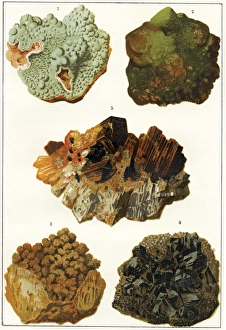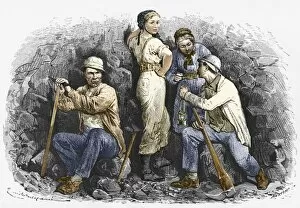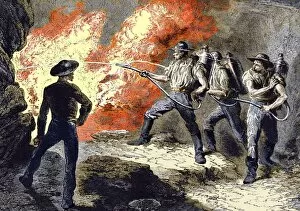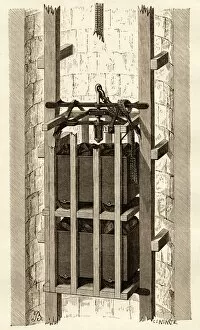Simonin Collection (page 2)
Simonin, a name that echoes through the annals of history, is intertwined with the fascinating world of mining
All Professionally Made to Order for Quick Shipping
Simonin, a name that echoes through the annals of history, is intertwined with the fascinating world of mining. From the 19th-century tin mines of Cornwall to the coal mines that dotted the landscape, Simonin's legacy spans continents and centuries. In Australia's gold rush era, Simonin's influence was felt as prospectors sought their fortunes in shimmering rivers and dusty hillsides. The allure of precious metals captivated many souls, driving them to venture into uncharted territories in search of wealth beyond imagination. But Simonin's talents extended far beyond mining alone. An engraving from 1693 or 1695 showcases his skillful craftsmanship in firearms ornamentation. His intricate designs brought life to cold steel, turning weapons into works of art. The realm of darquebuzerie also fell under Simonin's purview. In ca. 1776, he contributed to "Plusievrs Pieces et Ornements Darquebuzerie, " an extended edition filled with exquisite pieces and ornamental wonders that delighted connoisseurs around the world. As time marched on, so did technological advancements in mining techniques. A glimpse into c1868 reveals an early 19th-century coal miner diligently working a narrow seam using primitive tools and sheer determination. Meanwhile, Trigers method revolutionized mine shaft sinking in 1841 – a testament to human ingenuity overcoming challenging conditions underground. Louis Simonin immortalized miners' lives through his work "Underground Life: or Mines and Miners. " Within its pages lies a vivid depiction of miners laboring away amidst timbered levels while pit ponies patiently awaited their call for duty below ground – stalwart companions hauling loads unimaginable for mere mortals. Not limited by borders or boundaries, Simonin left his mark across Europe as well. A mining captain from Saxony donned full ceremonial dress while carrying his baton of office – symbolizing authority over operations that shaped the region's industrial landscape.







